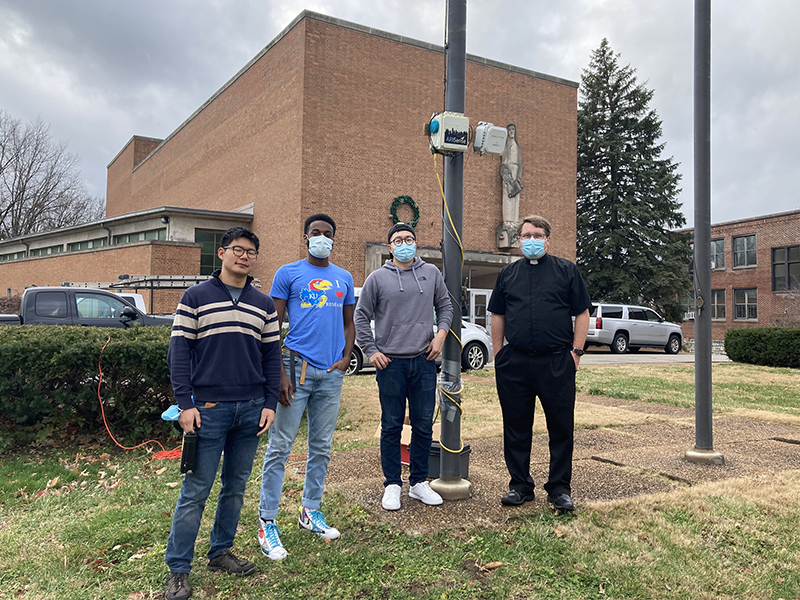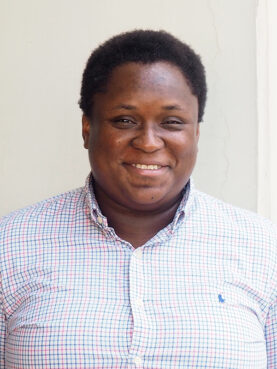A 2019 report on environmental racism in the city, published by the Washington University School of Law, found that most St. Louis’ air pollution sources are in predominantly Black neighborhoods.
According to the report, Black children in the city of St. Louis are 2.4 times more likely than white children to test positive for lead in their blood. They also account for more than 70% of children suffering from lead poisoning, researchers found, and make about 10 times more emergency room visits for asthma each year than white children. Majority-Black neighborhoods are more likely to be near highways and to see more building demolitions, which creates dust that may contain asbestos and lead.
“There are too few air pollution monitoring stations in St. Louis to allow for comparisons of air pollution in different neighborhoods,” the report noted. “However, the locations of air pollution sources, vehicle emissions, and demolitions all indicate that minority communities in St. Louis are being disproportionately exposed to harmful air pollution.”

From left, David Yeom, intern with Washington University; Tyler Cargill, Washington University doctoral student with the Jay Turner Lab; and Li Zhiyao, also a doctoral student with the Jay Turner Lab, work with the Rev. Nick Winker to set up an air pollution monitor at St. Ann Catholic Church in St. Louis. Photo by Beth Gutzler
A national study published in 2019 found that people of color bear a disproportionate “pollution burden,” with Black Americans being exposed to 56% more pollutants in the air than they themselves create. This has deadly consequences: A study of nine deadly health conditions, including lung cancer, kidney disease and hypertension, linked with such exposure concluded that pollution kills about 200,000 Americans a year.
For MCU, working to improve air quality for vulnerable communities is a matter of faith.
The Rev. Kevin Anthony, who serves at Pilgrim Congregational United Church of Christ and as a member of MCU’s interfaith environmental justice task force, points to the biblical narrative of creation, in which God breathed “the breath of life” into man’s nostrils.
“I want us to imagine … each and every one of us having that same posture, leaning over one of our neighbors to breathe life into them,” he said during the rally. “In order for us to have life, we need to have good quality air to breathe.”
On Broadway, only a few blocks away from Green’s childhood home, neighborhoods are filled with abandoned buildings and illegal dumping. A sweet smell fills the air.

DeAndress Green. Photo by Britny Cordera
“I just assumed it was Hostess baking Twinkies, but the adults knew better,” she recalls. Her mother later told her the smell was an indication of industrial pollutants. “Broadway to the water is prime real estate for pollution industries.”
Whenever the sweet air filled the inside of the home, Green’s mother would take her and her siblings south to Tower Grove Park to get fresh air. “The difference in the environment in north St. Louis and south in St. Louis is unmistakable,” Green says. “There are trees, green spaces, businesses, and communities who want to be outside in south St. Louis.”
When Green moved out of government housing at 18, she was struck by how she could immediately breathe better.
Today, Green uses urban farming to heal her lungs and reconnect with the outdoors. But for many people of color in St. Louis and beyond, simply stepping outside is a potential health risk for environmental reasons. Families who live in so-called sacrifice zones, areas around the country where rates of cancer caused by air pollution exceed the U.S. definition of acceptable risk, are not being informed of the risks of industrial or Superfund sites — federally recognized hazardous waste sites — near their homes and are not given the resources to change their neighborhoods.

